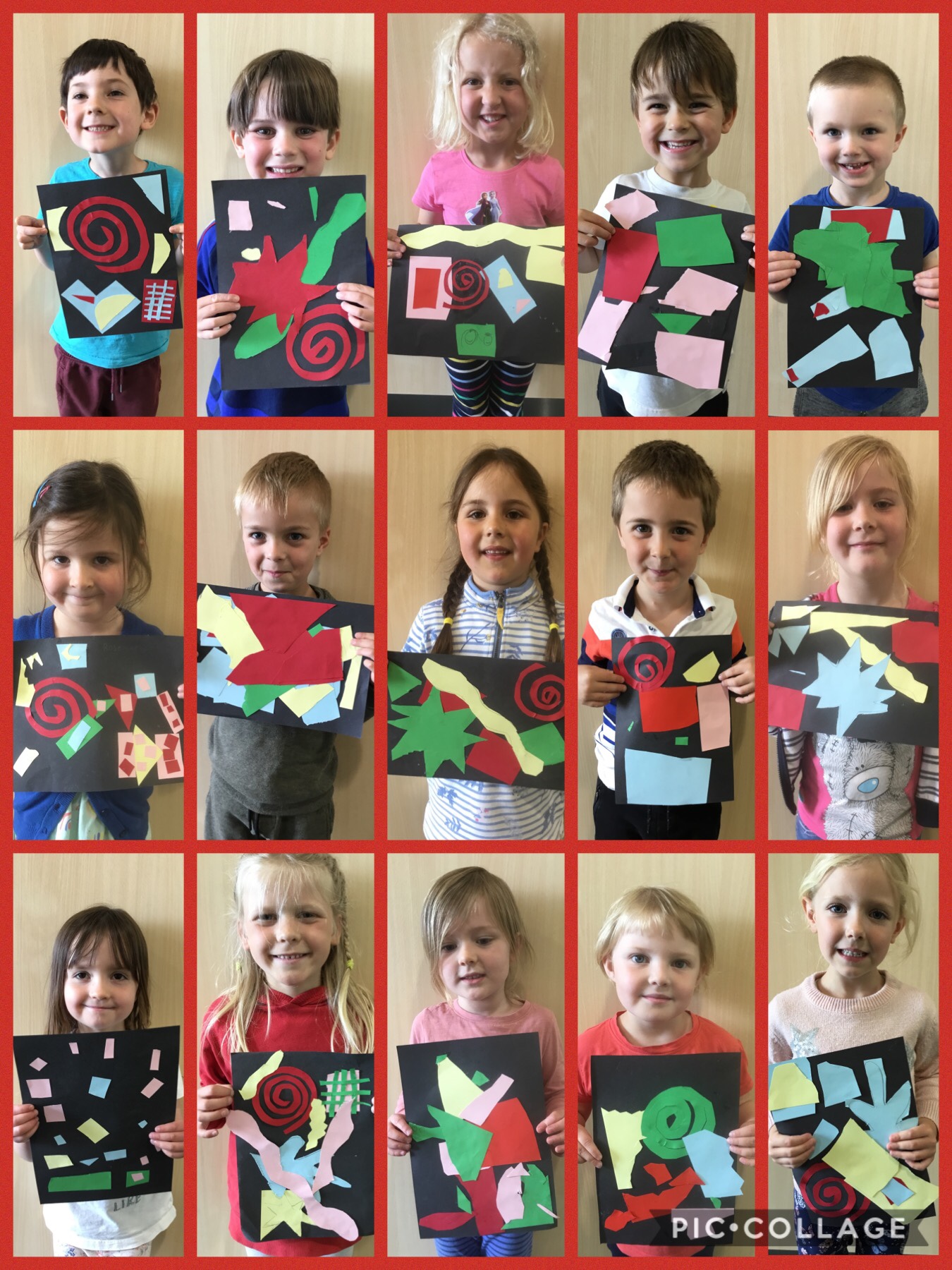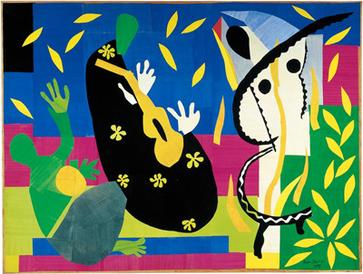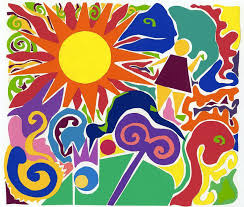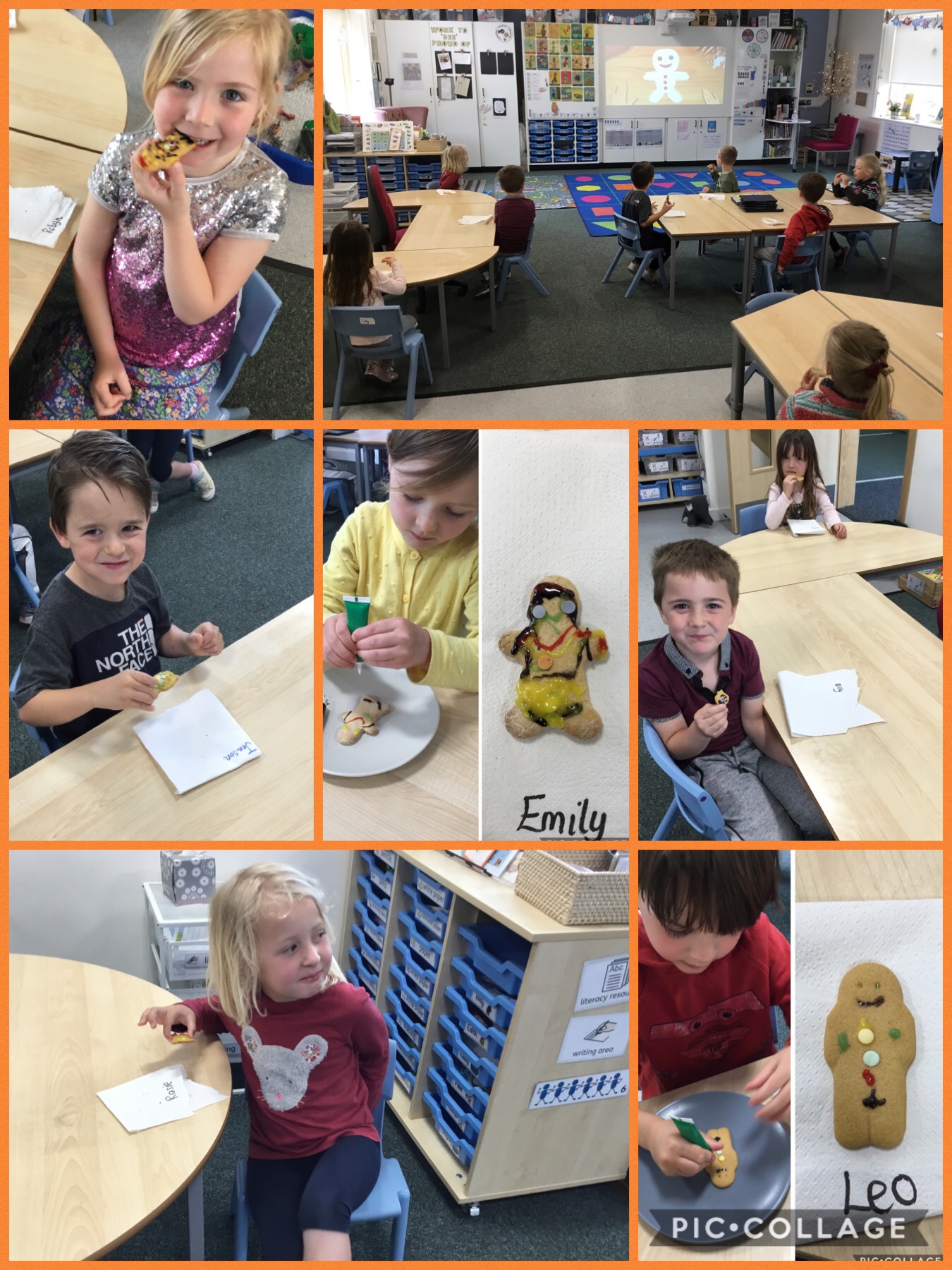Good afternoon everybody!
Thank you for the wonderful insight into your growing projects this week. You have all clearly been nurturing your pots, gardens and allotments well throughout lockdown and are now starting to enjoy the fruits of your labours. So many signs of new life, some edible, some helping our bees and other pollinators and some just breathtakingly beautiful.
I have loved hearing your stories once again this week and so many of you were able to share your own first hand experiences of nature’s cycles as well as representing them so creatively. I particularly loved the duckling tales and the many celebrations of the Damers favourite – the journey of the caterpillar.
I was also delighted to hear about all the seeds and seedlings that you were able to take from our garden bank, or that went home in your first learning packs. Thanks to your tender loving care they are now growing well and are brightening window sills, pots and gardens. Some of you have experienced cooking with your own home grown vegetables for the first time and have told me how delicious they taste too! I know that some of the children in school this week have enjoyed harvesting rhubarb and strawberries and have been creating wonderful dishes with these at home too.
Joe in Year 3 shared his thoughts about growing:
“It’s great seeing the plants go through their stages of life and seeing the leaves come out. I’m really looking forward to the sunflowers coming out and brightening up our garden. When we don’t water them they go floppy but the instant you give them water they spring back into action. We also have a cherry tree and tomatoes. The cherries are turning red and the tomatoes are getting bigger. I noticed how the fruit pushes away the flower and grows bigger and bigger. I just like growing things really!”
Many of you have been able to share observations of interdependence in your growing spaces and the wonderful teamwork that has been happening within your own transformation. I wonder if you can spot the ‘transformers’ that have been enjoying Mrs Smith’s vegetable plot over the last few weeks in today’s celebration …?
Thank you once again for all of your contributions to our celebrations, they always brighten my week and the films always make me cry when I see what we have achieved together. Our thanks as always to Miss Barnes for pulling these all together so creatively.
Today’s story is a perfect celebration of the transformations that can be achieved when everyone works together and this story was recommended to me by the lovely Ruth in Year 1. Ruth very kindly brought her book into school this week so that I could share this beautiful story with you too.
Have a great weekend everyone, I think that vital ingredient for all of our growing (sunshine) is about to return.
With warm wishes to you and your families,
Mrs Smith




